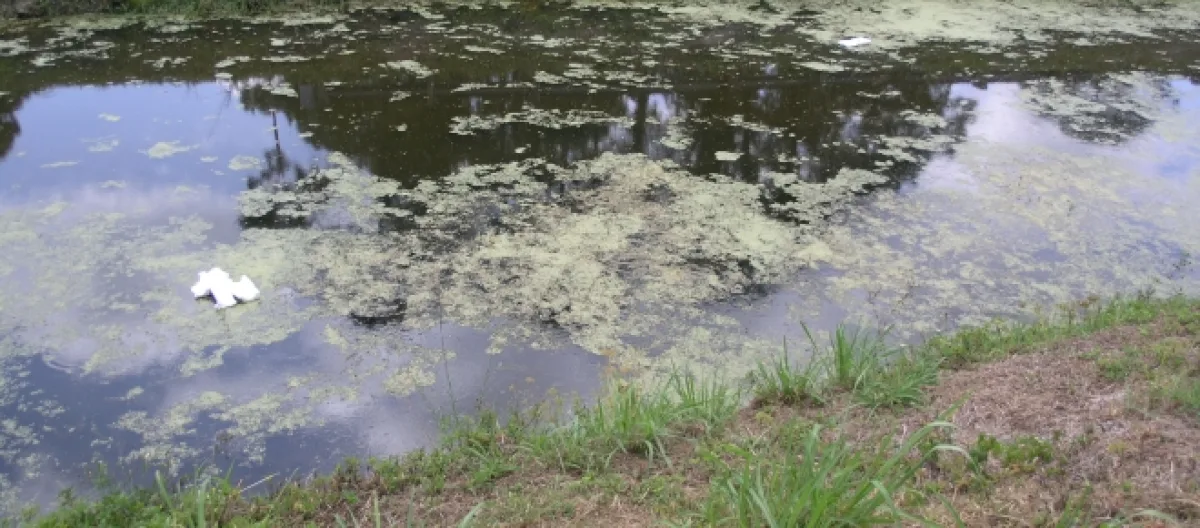While the category 5 storm that was Hurricane Irma is now a fading memory for Floridians, property damage to farms, caused by high winds and flooding, will remind us of her visit for a long time to come. The massive storm flattened fields, ravaged orchards, and put many farm workers out of Jobs. It will take some time for Florida farms to recover, and some may never be the same
Hurricane Irma devastated farms
The damage to Florida is in the billion-dollar range, with 1 in 4 homes in the keys destroyed.
As the hurricane moved onto the mainland it lost some of its strength, dropping to a Category 3, "A mere blowhard," some storm-weathered Floridians would say. But the blowhard still packed sustained winds of up to 129 mph (human bodies tend to fly through the air at around 75 mph, more or less), and over the course of several days it ravaged farms and cropland from Florida to Tennessee.
Overall, orchards appear to have suffered the most damage, and few (if any) survived without losing at least a few branches. Some trees, like pecans, were especially affected, with some farms in Georgia suffering up to 30% crop loss.
The struggling Florida citrus crop took a big hit. As if dealing with citrus greening disease wasn't enough, now producers have to contend with citrus trees standing in several feet of water. Central and Southwest Florida groves were hit especially hard, suffering an estimated $2.5 billion in damage.
Hurricane Irma job loss
When fields are under water and orchards are destroyed, the job loss for the agricultural sector can be severe. After the initial cleanup of trash, ruined produce, and broken and fallen branches is over, there is little left to pick. While some farm workers may find employment in the construction sector, migratory workers who follow seasonal routes may be left without income for weeks.
Permanent employees who were just getting by are finding themselves out of work in areas where there is nothing left to harvest. All of this amounts to another burden left behind by Hurricane Irma, homelessness and joblessness. It may be a year or more until some workers can return to the fields to harvest crops that Americans enjoy. Until then, consumers will need to contend with higher prices for certain agricultural products. States will have to contend with more homeless individuals and more hard working people out of jobs and needing assistance from the government and our social networks.
Hurricane Irma disaster relief and emergency assistance
Those who are unemployed due to Hurricane Irma may qualify for disaster unemployment assistance (DUA).
This is a federally funded program designed to provide temporary financial assistance to Americans affected by disasters. If you match any of the following criteria, you may qualify for financial assistance, even if self employed.
- You lost your business or suffered lengthy interruption to business operations
- You can't work because your place of employment was damaged or destroyed
- Transportation to your work was impossible
- You were injured during the storm and couldn't work
- You were to start work, but the job is no longer available due to the storm damage.
Individuals who live in Florida, portions of Georgia, Puerto Rico and the U.S. Virgin Islands can take advantage of this program. For more information, visit the National Employment Law Project website.
